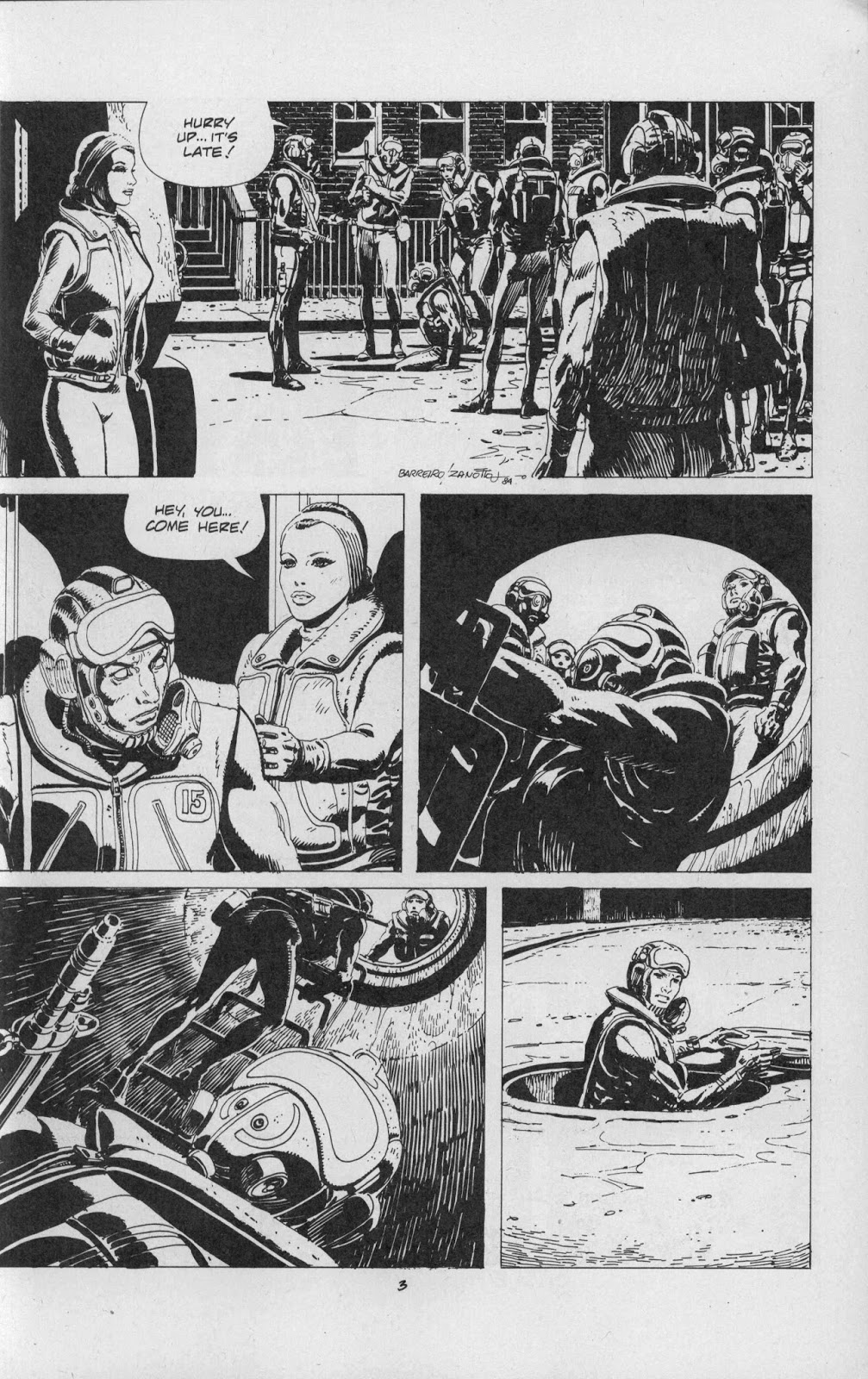3 / 5 Stars
‘Icequake’ (243 pp) was published in February, 1980 by Bantam Books; the cover artist is uncredited, but may be John Berkey, or perhaps Lou Feck.
‘Icequake’ is another of those sf novels of the 70s (see my review of ‘The Sixth Winter’ here) that dealt with the phenomenon of Global Cooling and the New Ice Age. Indeed, in the pages of ‘Icequake’, you’ll find a passage in which the Greenhouse Effect / Global Warming is disparaged by the scientists of the New Shackleton Station !
The novel takes place in the ‘future’, i.e., early 1985. It’s not a nice 1985, either; the Earth has somehow lost its magnetic field, and the ozone layer, along with a chunk of the upper atmosphere, has been stripped by unprecedented solar activity; crops are dying from excessive UV radiation, and transmissions in the electromagnetic spectrum are drowned out by static.
At New Shackleton Station, a large research outpost located on the Ross Ice Shelf of Antarctica, the multinational crew of scientists and staff are preparing to shut down the station and evacuate before the arrival of the Antarctic Winter. However, an alarming message comes in from the U.S. base at McMurdo Station: Mount Erebus is erupting, and violently so. The eruption is quickly followed by a massive earthquake, or ‘icequake’, that splits the Ross Shelf into massive ice plates separated by networks of vast crevasses.
The crew at New Shackleton discover that their evacuation plans are cancelled; the icequake and the volcano have made air travel to Antarctica from New Zealand impossible. The New Shackleton crew are faced with the unenviable task of spending the entire winter – when the continent is at its most dangerous – huddled in the underground tunnels and revetments of their installation.
But new complications arise: the icequake has made real an unprecedented geophysical phenomenon. The entire Ross Ice Shelf has become detached from the mainland and is moving, at a speed of several kilometers per day, into the Ross Sea and the Southern Ocean. As the ice of the Ross Sea collides with that of the oncoming Shelf, more earthquakes are triggered. The Station crew must confront the likelihood that the ice underlying their installation may fracture and drop them into the ocean.
Antarctic Winter starts to take hold, and the sun begins to vanish for what will be four months of perpetual darkness. Blizzards that last for days descend on the Station, and temperatures drop to – 40 C. It’s up to the crew to devise an escape plan……..but time is running out………
Incorporating features of Antarctic adventure, disaster tale, and eco-catastrophe novel, ‘Icequake’ could have been an ambitious, but ultimately unsuccessful combination of sub-genres; however, author Crawford Kilian does a good job with handling both his narrative and a large cast of characters, and the book wound up being an entertaining read.
There is too much exposition at times on the climatology, geology, and geophysics of the Antarctic, and some of the mini-disasters that strike the hapless Station and its personnel seem more like padding than episodes intrinsic to the main narrative. However, the novel maintains a sense of realism in terms of its locale and the actions of the survivors.
If you are a fan of disaster / New Ice Age sf, then you’ll want a copy of ‘Icequake’.










































































